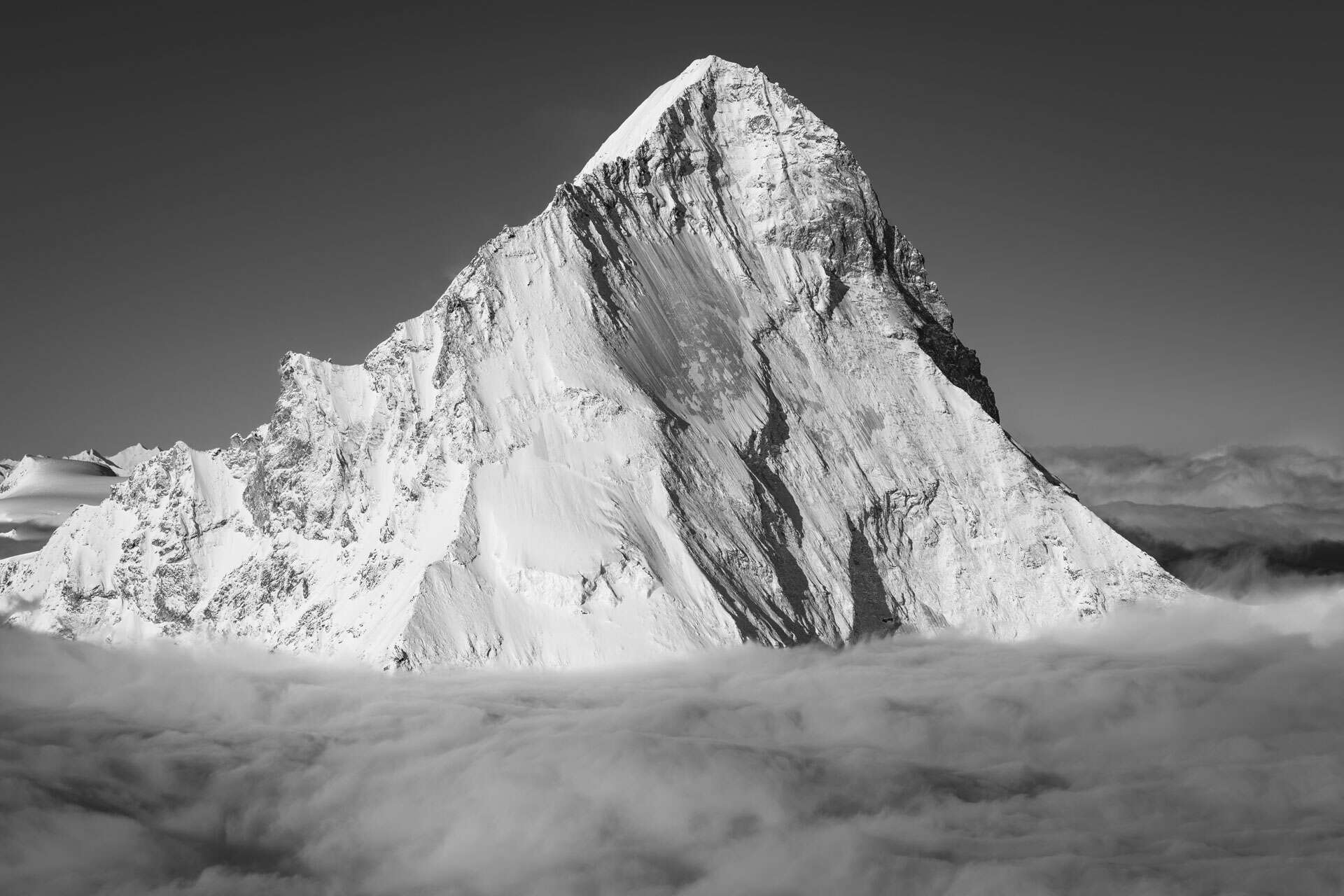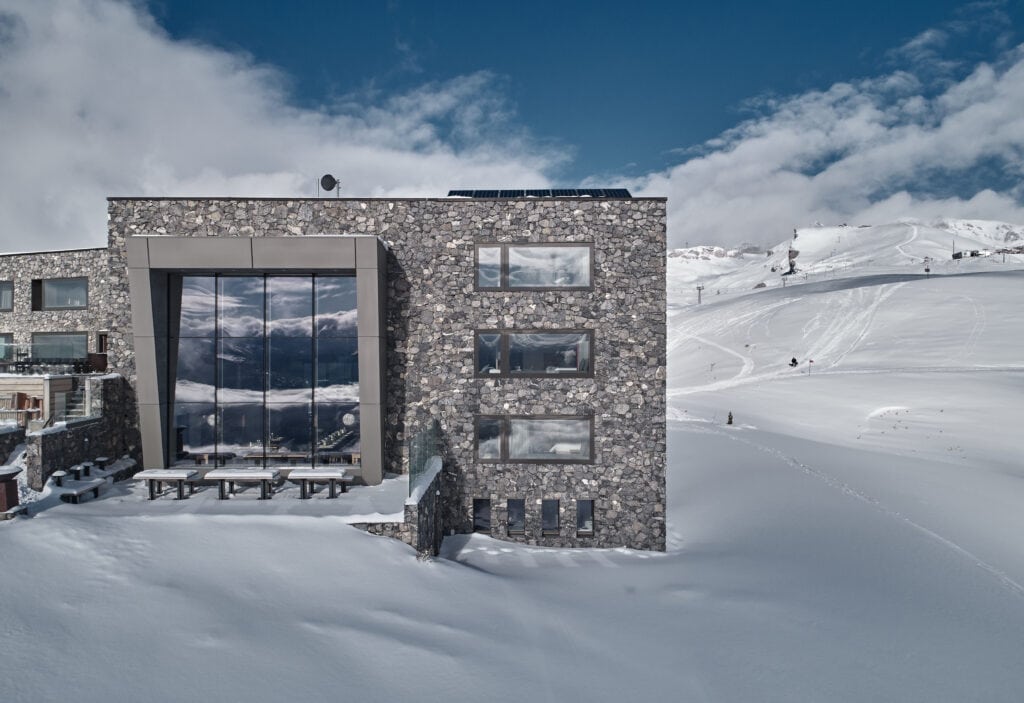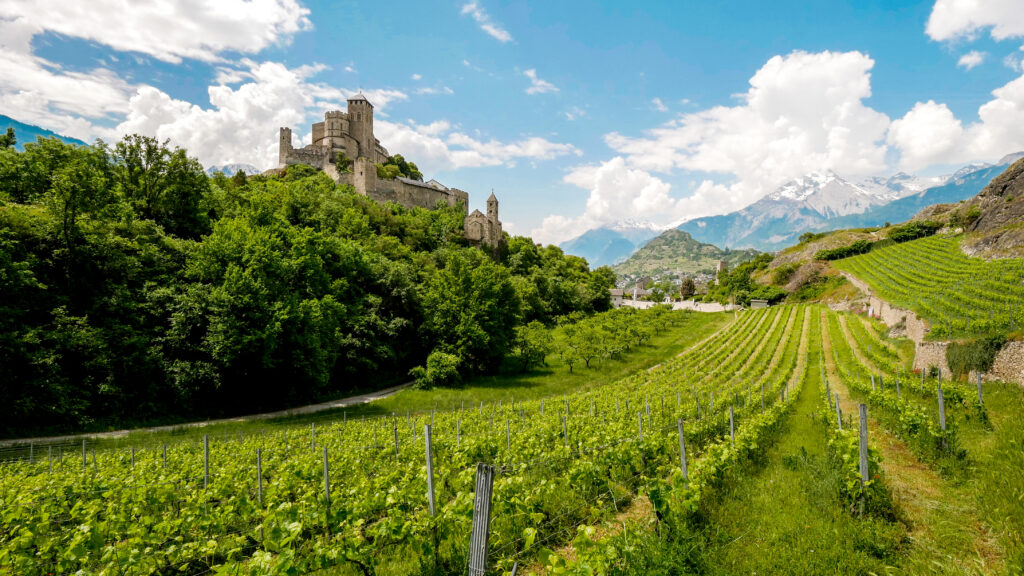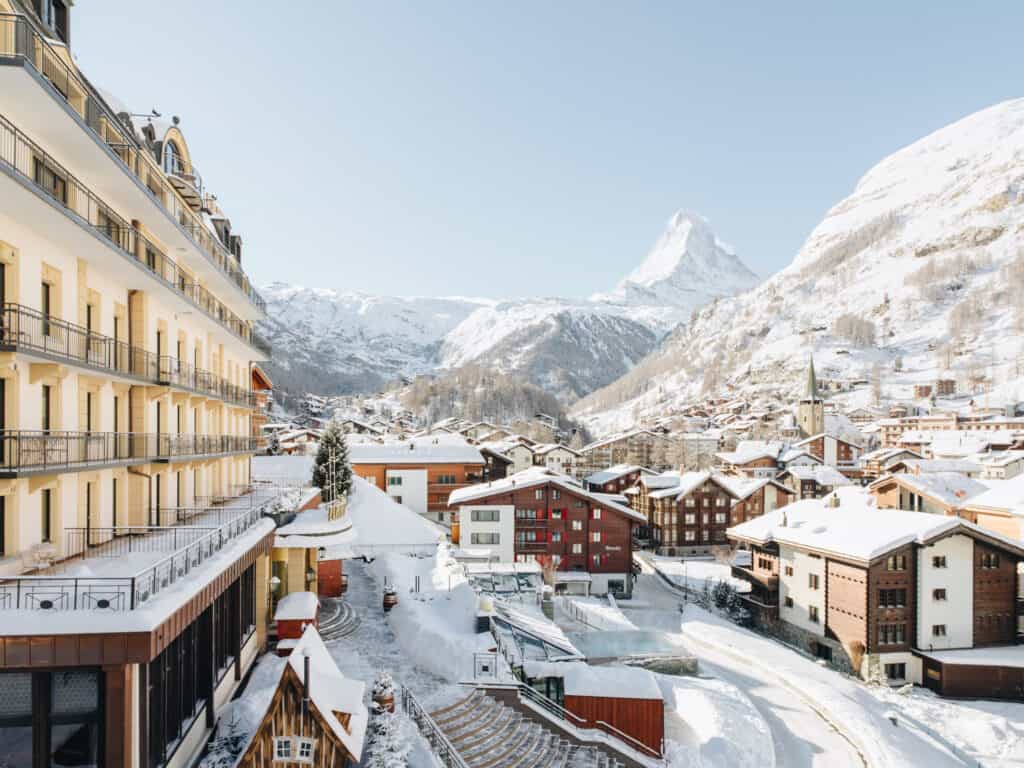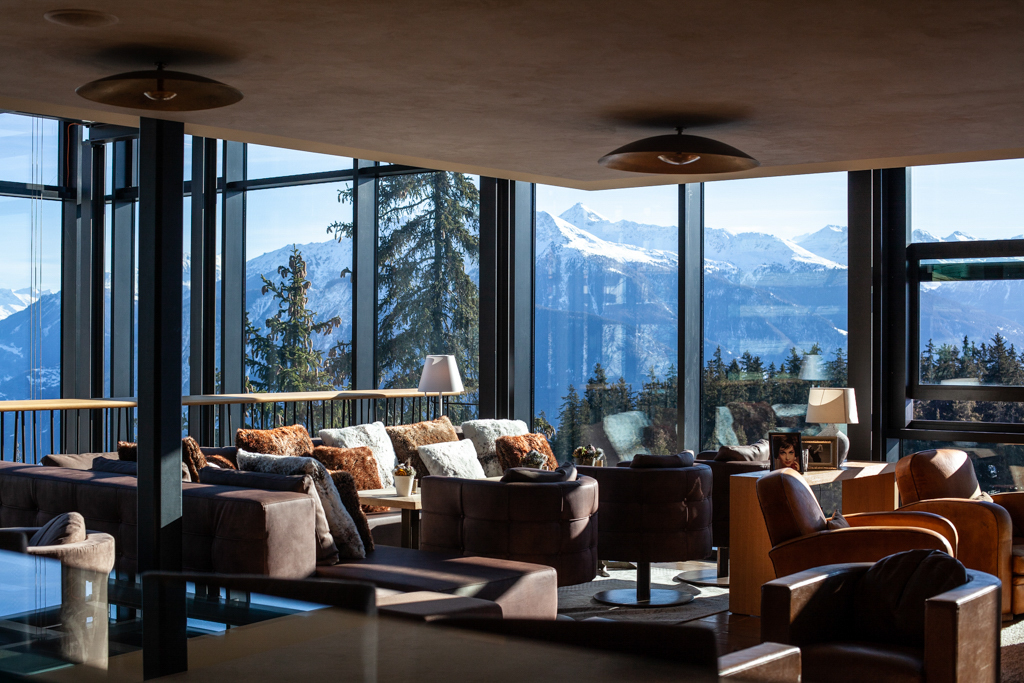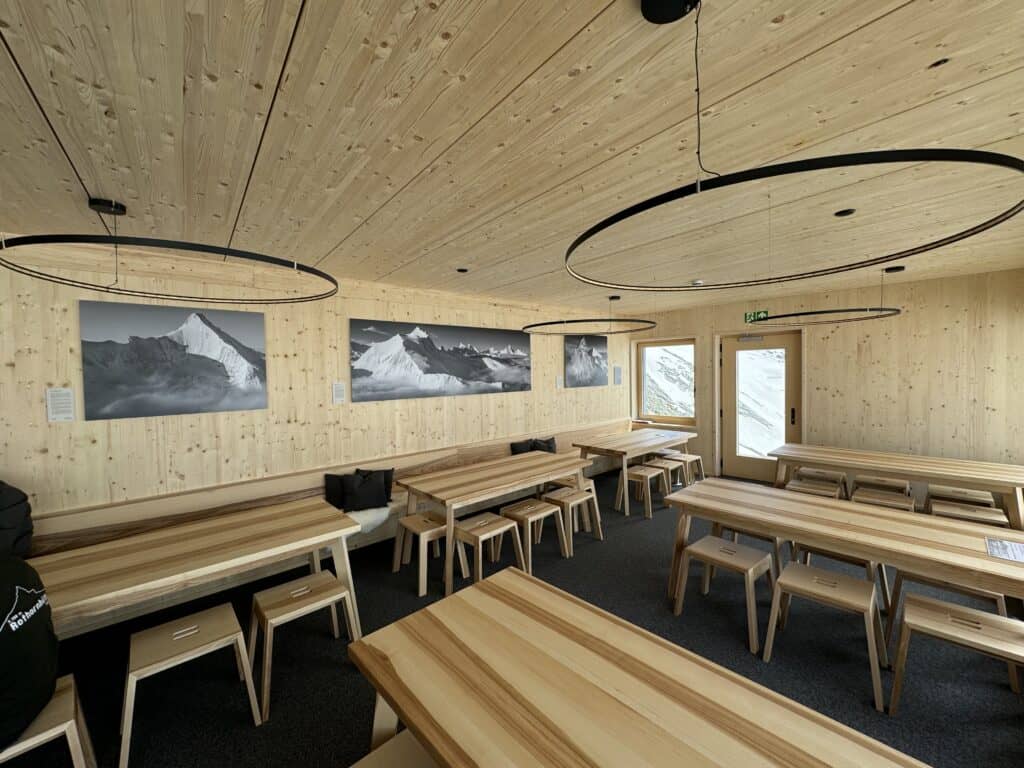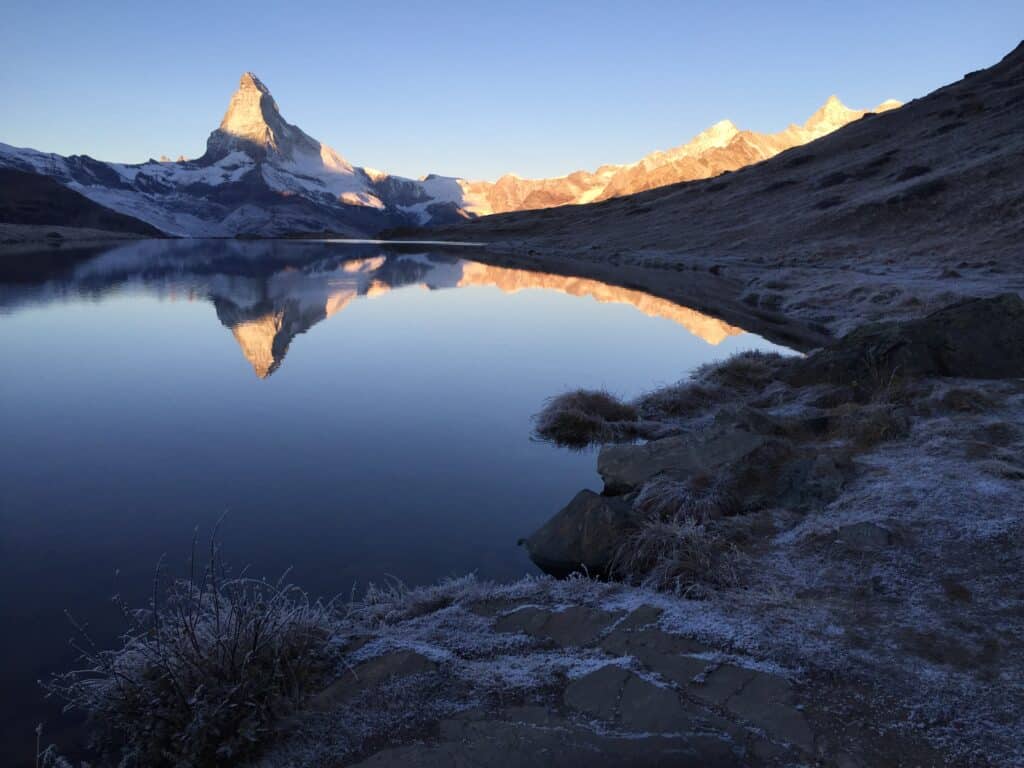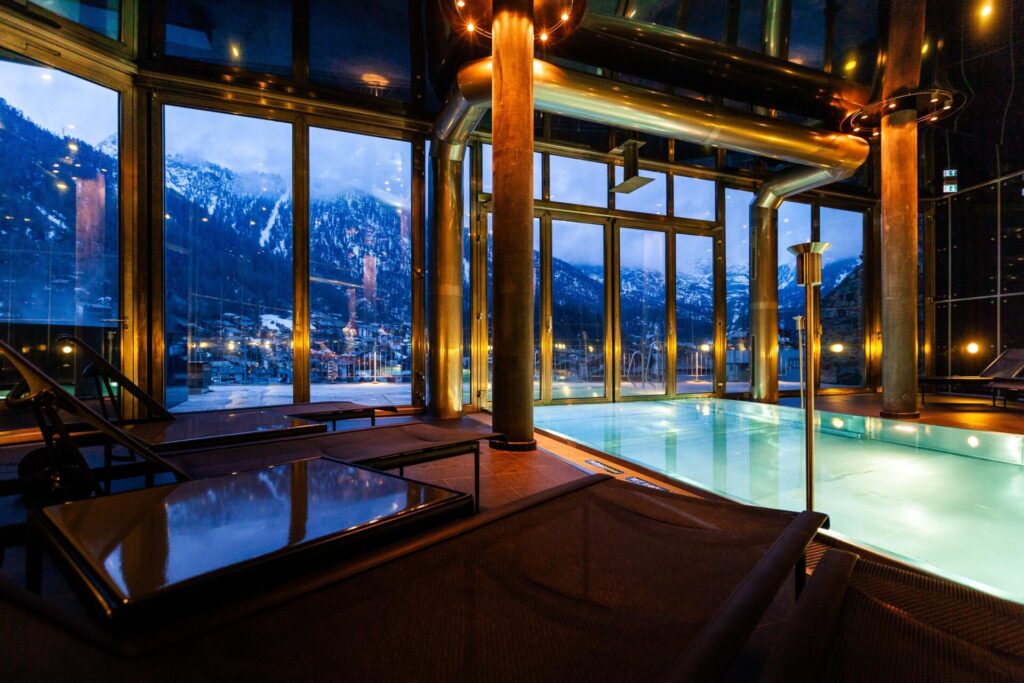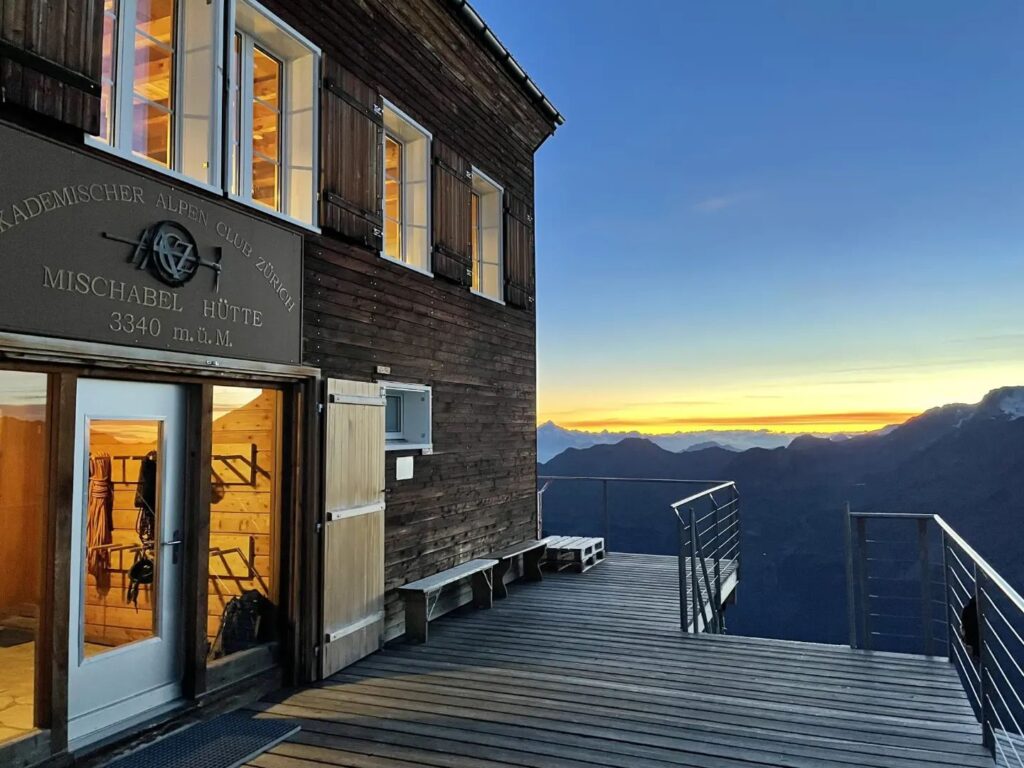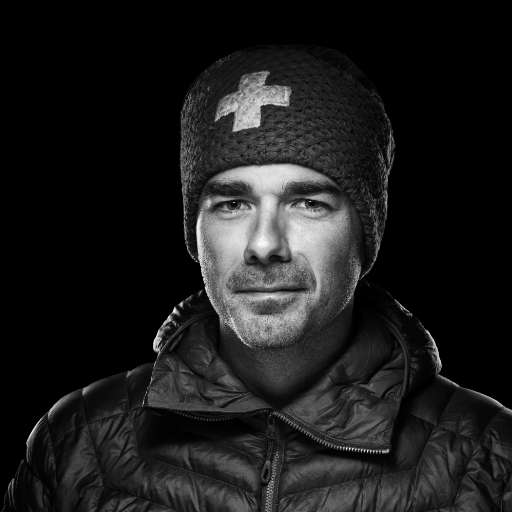On the heights of the Val d’Anniviers, in the heart of the Imperial Crown of Zinal, stands a sanctuary like no other. A mountain refuge whose history honors the grandeur of the Swiss Alps. The Grand Mountet hut, peaceful and authentic, reveals the unsuspected wonders of a striking natural environment. As a photographer, this haven is my starting point for immortalizing the splendor of the surrounding summits . I'd like to tell you about the history of the Mountet hut, its access route and the various mountaineering routes that can be taken from it.
Cabane du Grand Mountet: jewel of the Imperial Crown
At the heart of the Imperial Crown of Zinal, where the summits and their glittering glaciers take pride of place, lies the Grand Mountet hut. Perched at an altitude of 2886 metres on the right bank of the Zinal glacier, the hut is surrounded by giants: the Weisshorn, the Zinalrothorn, the Obegabelhorn and the Dent Blanche. The starting point for legendary mountain races, it welcomes adventurers eager for a challenge. Between March and May, skiers traverse the snow-covered slopes and marvel at the splendours of the Pennine Alps. Then, from mid-June to mid-September, hikers and mountaineers join the shelter, each in search of suspended moments.
From the village of Zinal, the path leading to this haven of peace sublimates the beauty of the Alps. Our footsteps first follow a forest path, then climb the steep slopes. Then our eyes land on the crystal titan: the Zinal glacier. Crossing the famous footbridge marks the climax of this four-and-a-half-hour walk.
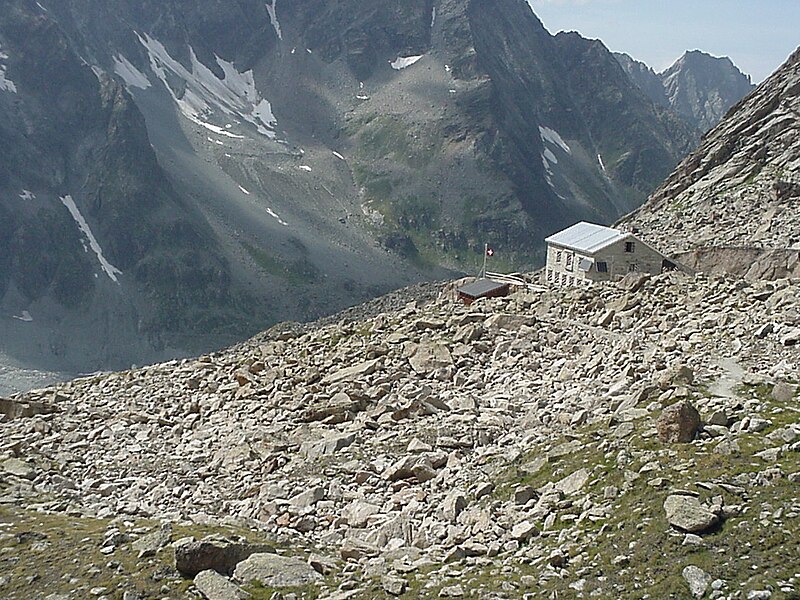
Cabane du Grand Mountet: History of a refuge in the heart of Val d’Anniviers
In the heart of the Swiss Alps rises the Grand Mountet mountain hut. The fruit of determination and cooperation, its history has been shaped by the audacity of men.
On July 22, 1872, the refuge emerged from the depths of the earth. What a challenge it was to build this hut! Transporting materials and tools across stretches of ice, first by mule, then by hand... The stamina and determination of the builders of this project was unfailing.
Over the years, the cabin's limited space became apparent. Initially designed to house just eight people, the need for a new shelter became unavoidable. On September 3, 1888, a new hut was built, this time capable of accommodating thirty people. A sumptuous banquet celebrated its inauguration. M.P.-E. Dutoit, president of the Diablerets section of the Swiss Alpine Club, christened the new jewel "Constantia". "Vive Constantia!" the guests responded in chorus, their voices rising like an offering to the immortality of this place.
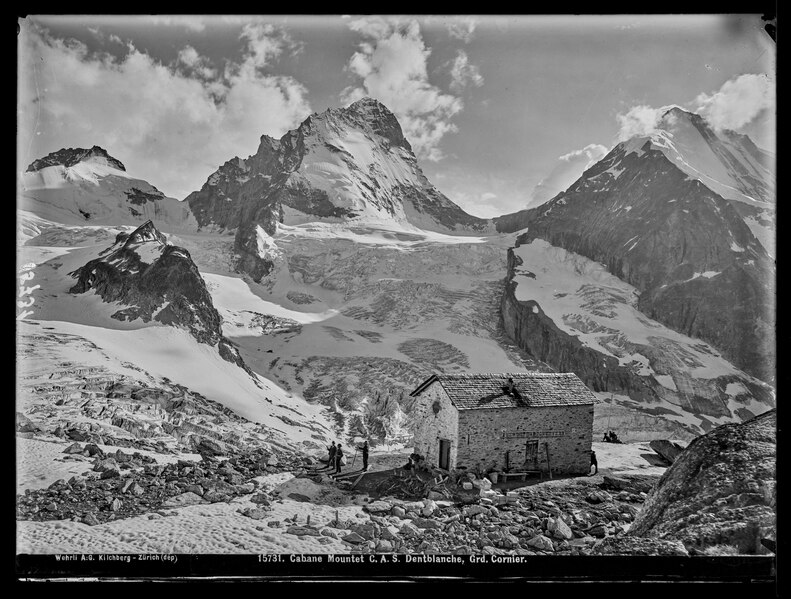
Half a century passes, and the time-worn refuge is ready for a new page in its history. In 1943, as war tore the world apart, new construction projects took shape. Finally, the shelter rises from the ashes, re-establishing itself as a faithful guardian of the Imperial Crown's summits . It once again offers its hospitality to mountaineers in search of discovery and freedom.
In 1996, to meet the growing needs of the alpine community, the refuge was significantly enlarged. The Swiss Alpine Club rigorously maintains this coveted site, ensuring that it remains a haven for mountain lovers.
The Grand Mountet hut has echoed down the centuries. Like a lighthouse in a sea of summits, it serves as a haven for mountaineers venturing to Switzerland's finest peaks.
Grand Mountet hut: access road
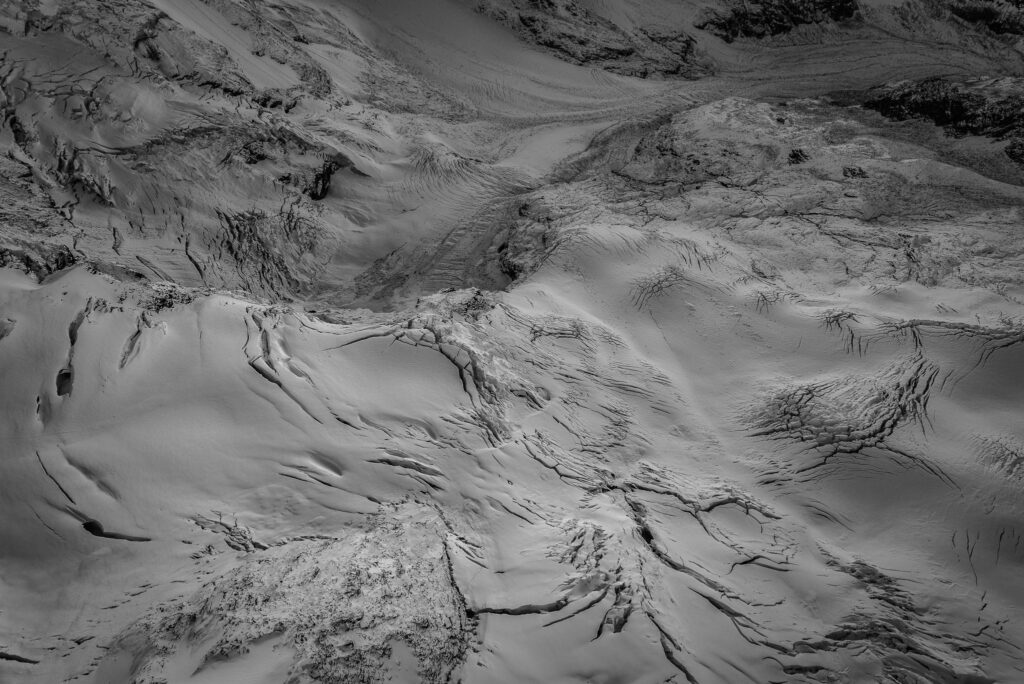
In summer, the trail starts from Zinal. A picturesque village in the Val d’Anniviers, it guards the secrets of the summits the Imperial Crown. We begin our walk along the Plat de la Lé before reaching the Naviscence. This 23-kilometer-long river has its source in the melting glaciers of the Weisshorn, Moming and Zinal. We cross a bridge to reach the right bank of the Naviscence. In the past, the path continued on the left bank, crossing the magnificent Plan des Lettres to reach the Petit Mountet hut. I was lucky enough to walk this route in 2013. Even back then, the descent to the Zinal glacier via the moraine at point 2481 was particularly perilous. Today, thanks to the intervention of the army, the trail has been modified and made safer. We now pass close to the Besso. An emblematic mountain of the Val d’Anniviers, its name means "twin", in reference to the two peaks that crown its summit. The route continues to a footbridge, before ascending a path that becomes steeper and rockier. Beware of falling rocks, as the mountain sometimes shows its whims... Finally, the Grand Mountet hut emerges, shining like a jewel among diamonds of rock and ice.
In winter, the shelter opens its arms to skiers. From the village of Zinal, the route follows the valley on the left bank of the Navisence to its end. We then climb up the valley to the Zinal glacier. At its end, we see the famous Grotte de glace, a natural cavity carved out by flowing torrents. Bluish in color, it sparkles amidst the mountains. At around 2,650 metres above sea level, after criss-crossing the crevasses, we turn left to climb a steep 100-metre slope. This climb marks the last effort to be faced after hours of progress on false flats, often under intense sunshine. We skirt the moraine, then the hut appears, solitary in the midst of this immaculate white universe. And if I may offer a word of advice, leave early. The mountain reveals its dangers to climbers who linger after dark.
Cabane du Grand Mountet: starting point for mountaineering tours
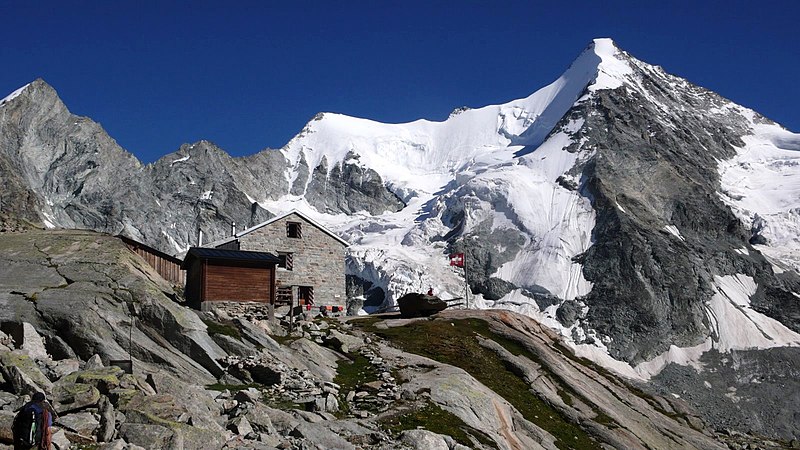
In winter, the Grand Mountet hut is a must for skiers on the Haute Route Impériale de Zinal. This famous and demanding mountain race winds its way through some of the most majestic 4000 m peaks in the Swiss Alps. From St. Luc to Ferpècle or Zermatt, the route challenges the endurance and determination of every mountaineer who takes it. Arriving at the hut, the adventurous man, already looking ahead to the next stage, the Schönbielhütte, surrenders to the solemn silence of the heights. The Mountet hut also serves as a haunt for mountaineers on the Tour de la Dent Blanche Blanche. Nicknamed the "Monstrous Conquest", I never tire of immortalizing the Dent Blanche, especially when it reveals itself to me, draped in its resplendent finery after the storm.
When the mountaineering season is in full swing, the summits are ready to be conquered. Here are the protagonists awaiting their winner. The Besso, a round-trip ascent. Next, the Blanc de Moming via the southwest ridge; then the Zinalrothorn via the north ridge, whose almost animal-like silhouette makes mountain running poetic. It gleams between the 4000s like a sea monster rising from the depths. TheObergabelhorn waits to be tamed. I remember the spring of 2016 when I captured this summit in photographs. Bad weather was forecast. I left the hut at night and climbed to the ideal spot on sealskins. The further I got, the more doubt set in. Would I be able to complete my work before the storm blew it away? Finally, at daybreak, theObergabelhorn was revealed in a unique light. A memory that will live with me forever. But let's leave my stories aside and finish our tour of the colossi. Mont Durand and the Pointe de Zinal via the Col Durand, the Dent Blanche and, finally, the Grand Cornier conclude the alpine epics accessible from the hut.
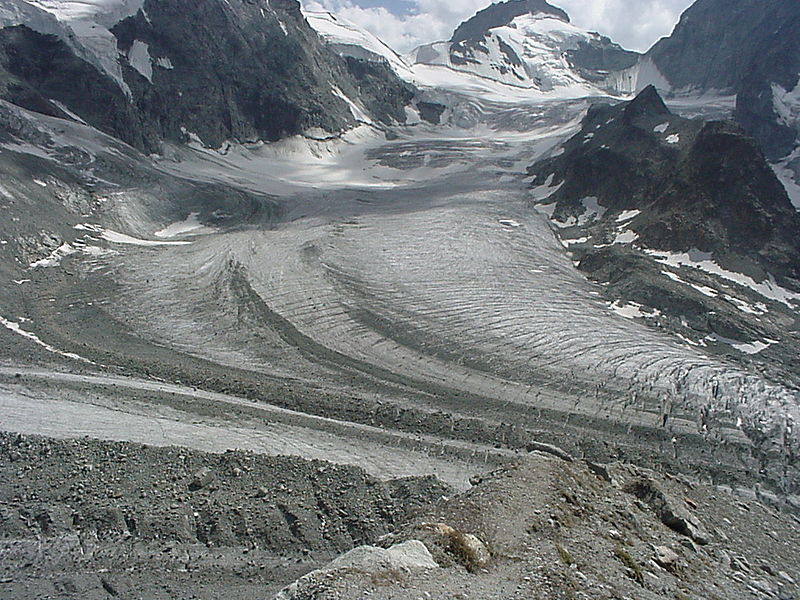
From a modest shelter, the Grand Mountet hut has become an essential stopping-off point in Zinal's Imperial Crown. Over and above the splendor of its history, I have an unshakeable attachment to it. Nurtured by my many stays within its walls, my affection for it is unchanging. The fruit of my most significant ascents and works.
Sources :

